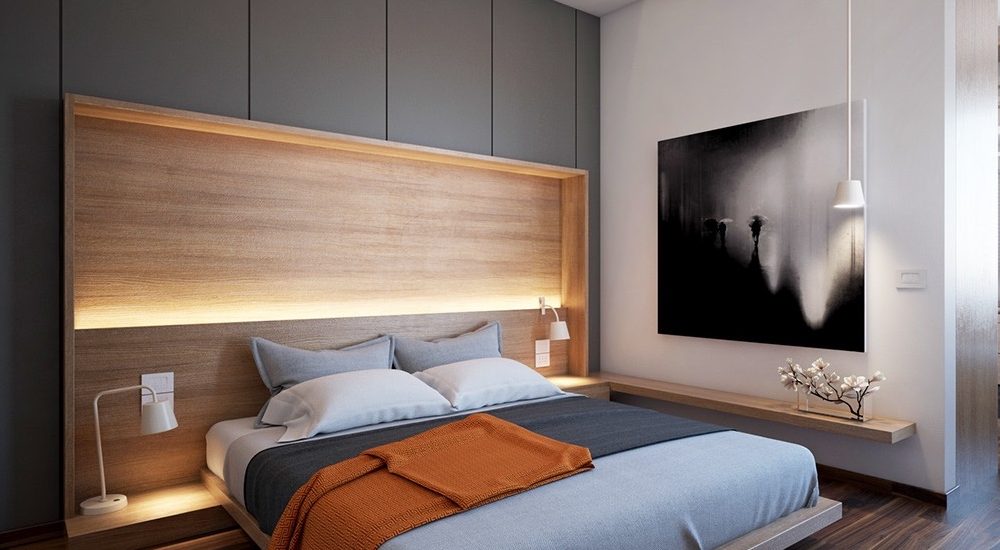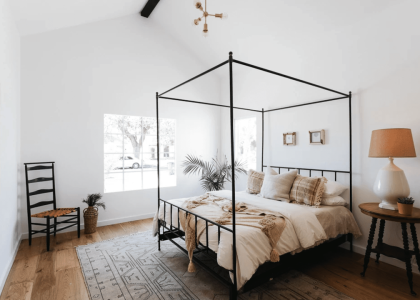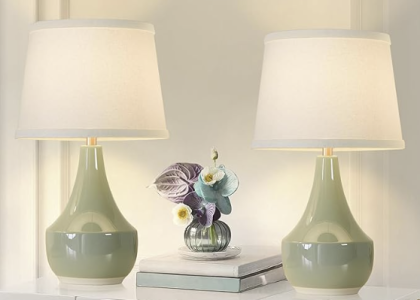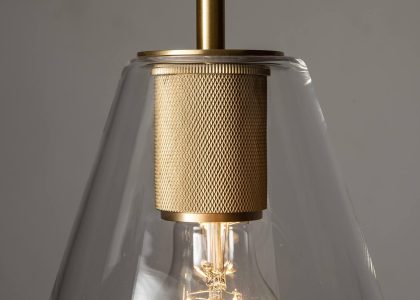Introduction
Contemporary modern living rooms with high ceilings have become increasingly popular in recent years. This style of design not only creates a sense of grandeur and spaciousness but also allows for unique decorating opportunities. In this article, we will explore the beauty of high ceiling living rooms and delve into the practicalities of incorporating this style into your home.
The Benefits of High Ceilings
High ceilings offer several advantages to a home’s design. First of all, they allow for ample natural light to enter the room. When coupled with floor-to-ceiling windows, a high ceiling living room can create a well-lit and airy space that feels connected to the outdoors. Additionally, the extra height provides the opportunity to install statement light fixtures, such as chandeliers or pendant lights, which can add character and ambiance to the room.
Another benefit of high ceiling living rooms is their spaciousness. The extra height can create an illusion of a larger room, making the space feel more expansive and welcoming. For families with children, this added space can be particularly useful for busy playtimes.
Designing for High Ceiling Living Rooms
Designing for high ceiling living rooms can be a challenge, but it is also an exciting opportunity to create a unique and stylish space in your home. Here are some design tips to keep in mind when decorating a high ceiling living room:
Furniture Placement
Due to the spacious nature of high ceiling living rooms, it’s essential to position furniture in a way that makes the most of the space. Grouping furniture together can create a cozy atmosphere, while also providing ample room for socializing. In contrast, spreading furniture out can make the room feel a bit disjointed.
Wall Decor
When it comes to decorating the walls of a high ceiling living room, there are several options to explore. A statement gallery wall can make an impact in the space, while also highlighting the ample vertical space. Alternatively, large-scale art pieces can draw the eye upwards and create a focal point in the upper half of the room.
Color and Lighting
Color and lighting are essential components of high ceiling living room design. Lighter colors on the walls and furnishings can help brighten up the space, making it feel more open and welcoming. Meanwhile, strategic lighting fixtures, such as recessed lighting, can help create a warm and cozy atmosphere when the space is not flooded with natural light.
The Challenges of High Ceiling Living Rooms
While high ceiling living rooms offer several benefits, they can also present several unique design challenges. One of the biggest obstacles is the potential for echoing and sound reverberation in the room. Distracting echoes can make the space unpleasant or impractical, particularly if the room is used for socializing or movie watching.
Fortunately, there are several ways to address this issue that can be both practical and stylish. Adding texture, such as a plush rug or woven blankets, can help break up the sound waves and create a more comfortable environment. Additionally, using acoustic panels or curtains can help mitigate the problem while also adding a decorative element to the space.






